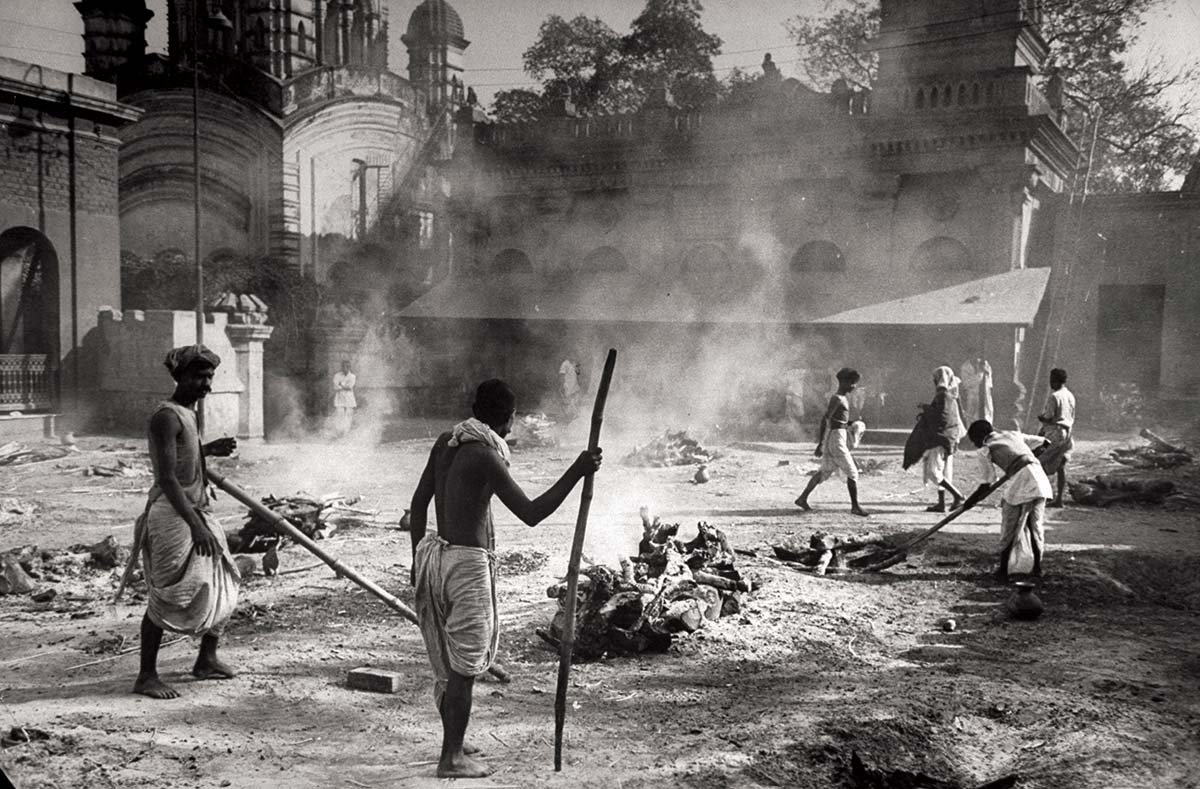The Bengal Famine of 1943 - 2 minutes read

On an October morning in 1943, a scientist employed by the government of Bengal was travelling by boat along the Brahmaputra river from Bahadurabad to take up his new job in Dhaka (now capital of Bangladesh). All along the 120-mile journey, he saw bodies of dead and dying men, women and children on both banks. There was a war on and the Japanese were only a few hundred miles to the east.
But these people did not die in the war. They were victims of a famine that had begun in the summer of 1943 and continued until the end of the year. When it ended, two to three million people had died of starvation and disease.
Before Partition in 1947, the British Indian province of Bengal included the territory of Bangladesh and India’s West Bengal state. The famine happened because the price of rice, the staple crop, had risen more than three times between February and September 1943. With the Japanese occupation of Burma in 1942, the border between Bengal and Burma became the Eastern Front of the war. Requisition of rice to feed soldiers stationed here increased demand. But Bengal was an agriculturally developed region, had good transportation and a stable government. Fresh supply of rice should be easy to arrange. So why did supplies fail?
The Bengal famine was a calamity, but the mid-20th century was no stranger to them. It remains a puzzle because it is difficult to agree on an answer to the question: what caused the famine? Why is the answer so difficult to find?